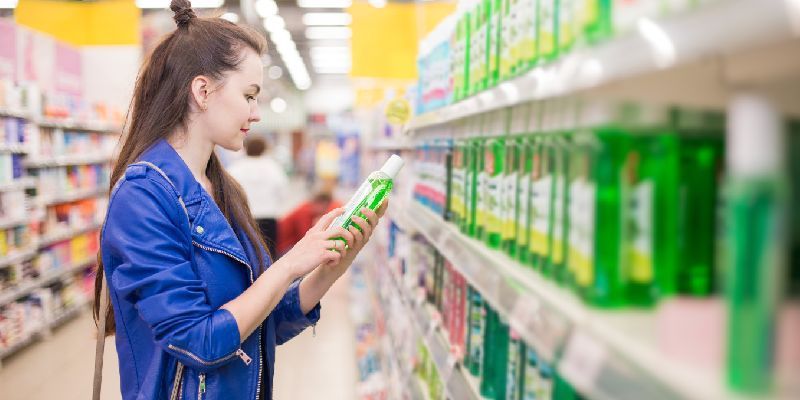Shelf life: key concepts in food and beverages

Have you ever wondered what determines the shelf life of the food and beverages we consume every day? This element is decisive because it plays a key role in both product quality and safety, as well as customer satisfaction.
Protecting consumer health through food safety is always a priority concern. In this regard, it is paramount to recognize that food is prone to spoilage and deterioration as part of its natural processes.
Shelf life: essential concepts
This concept is related to the period during which products maintain their quality and safety under specific storage conditions. During this time, they suffer a loss of their sensory and physicochemical properties (Carrillo and Reyes, 2013).
A product with a current shelf life must maintain its desired characteristics and functions, such as:
- Texture.
- Appearance.
- Nutritional value.
- It must comply with everything stated in its labeling.
Generally, this aspect is indicated on the label with terms such as "best before", "use by" or "use by date". In this sense, understanding the shelf life of food and beverages is crucial to ensure their safety and quality. This knowledge also helps to:
- Avoid consumption of expired products that are harmful to health.
- Contribute to the reduction of food waste.
- Economic planning.
In addition, it is a vital component of compliance with food safety regulations for both consumers and industry professionals.
Factors that intervene in products
According to Carrillo and Reyes (2013), it depends on a variety of factors, including:
- Raw material.
- Product formulation.
- Manufacturing process.
- Conditions in the food supply chain.
- Packaging.
- Storage environments.
Methods to extend product shelf life
There are several techniques used in the food, and beverage industry to ensure its maintenance and quality:
- Aseptic packaging. Sterilization of the food product, container, and sealing equipment prior to packaging.
- Rapid freezing. This involves rapidly lowering the temperature of the food to avoid the formation of large ice crystals, which can damage the texture and quality of the food.
- Pasteurization and sterilization. Heat is used to eliminate microorganisms that cause disease or loss of supplies.
- Preservatives. Substances are added to prevent or delay spoilage caused by microorganisms or oxidation reactions.
- Dehydration. The elimination of water inhibits the growth of microorganisms. It also delays chemical reactions that can lead to food damage.
In conclusion, it is significant for the food and beverage industry to correctly determine the shelf life of its products to ensure customer satisfaction, comply with food safety regulations and avoid food waste.
References
- BCTV. (2020). Freezing food to extend shelf life during quarantine.
- Carrillo, M., & Reyes, A. (2013). Lifetime food. Revista Iberoamericana de las Ciencias Biológicas y Agropecuarias, 2(3), 32-56.
- Chavan, R., Ansari, M., & Bhatt, S. (2016). Packaging: Aseptic Filling. In B. Caballero, P. Finglas, & F. Toldrá, Encyclopedia of Food and Health, 191-198.
- Jayas, D. S. (2016). Food Dehydration. Reference Module in Food Science.
- Teshome, E., Forsido, S. F., Rupasinghe, H. P. V., & Olika Keyata, E. (2022). Potentials of Natural Preservatives to Enhance Food Safety and Shelf Life: A Review. The Scientific World Journal, 9901018.













